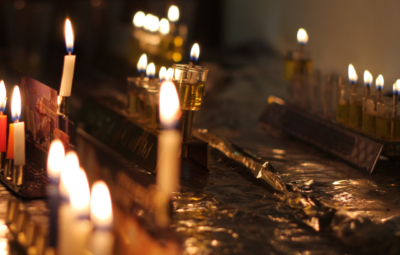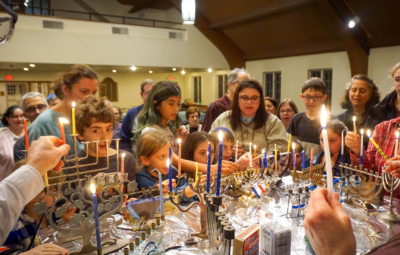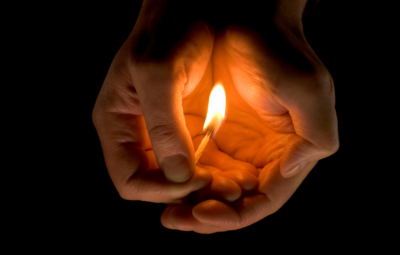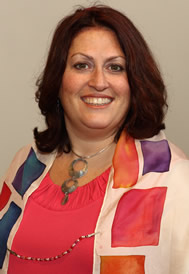What should American Jews make of Hanukkah this year?
At a moment when American Jews are confronting divisiveness and depletion, should we continue to approach Hanukkah the same way? Should we simply kindle lights against the darkness, trade gifts and eat latkes? Should we continue to participate in the seasonal economic binge of which Hanukkah is now a part, cheering for the placement of a menorah next to a Christmas tree in the department store? Or, perhaps, this moment of history calls for a different Hanukkah consciousness.
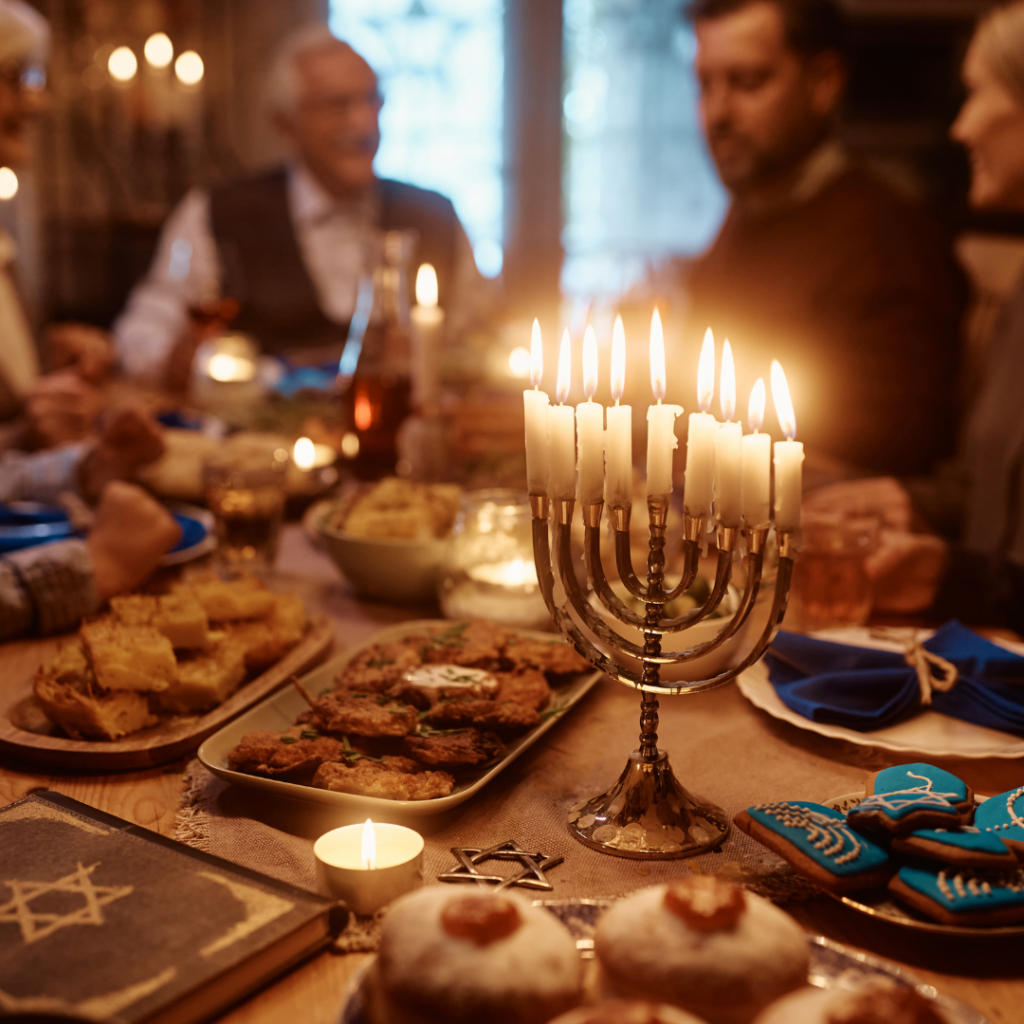
Hanukkah has always been one of the most malleable festivals in the Jewish calendar. Across centuries and civilizations, the holiday and its observance have morphed repeatedly to provide the festival that Jews needed at any given moment. What started as a celebration of a military victory in the first century BCE was reconstituted, by our ancient rabbinic sages, as a spiritual festival honoring God’s power.
Later, in the medieval era, Hanukkah came to symbolize hope for future salvation. The most famous piyot, or “hymn,” from that time, “Maoz Tzur,” expresses a longing for God’s triumph over enemies and the arrival of the messianic era. In more modern times, Israelis have claimed the Maccabees as national heroes, idolized for their athletic and military prowess.
In the post-war United States, many Jews eschewed the more militaristic and fundamentalist aspects of the Hanukkah story, opting instead to raise a universal message of light in a time of darkness. This is the version of Hanukkah that appears to fit so well into the American Christmas season.
Here’s an ironic twist that perfectly illustrates Hanukkah’s elasticity. What began as a reactionary response to assimilationists — Hellenizers in the ancient Hanukkah story, who wanted freedom from strict Judaism — became, for many America Jews, a celebration of religious freedom.
This year, we can re-examine Hanukkah sources for stories that inspire us to take bold action and, potentially, make costly sacrifices in times of conflict and injustice.
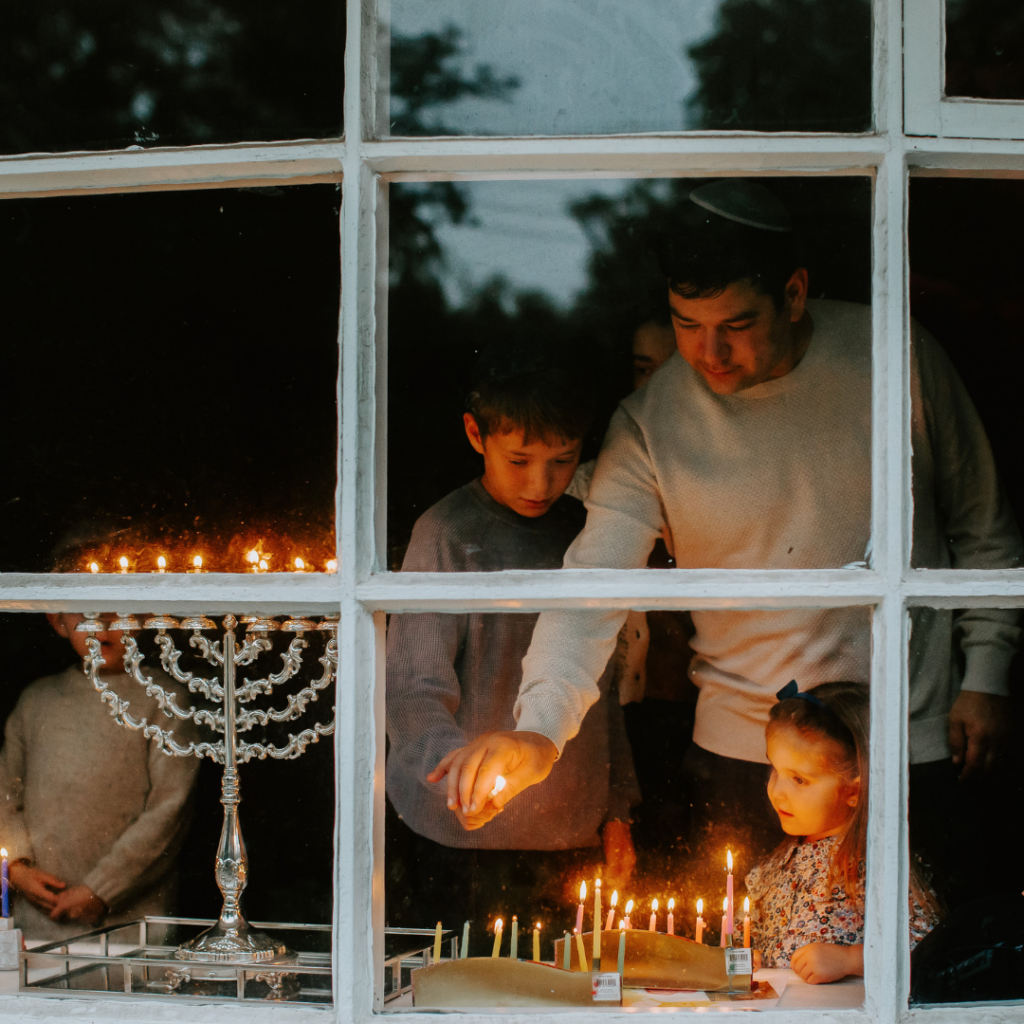
Two stories from the early Hanukkah sources — both centered on little-known women living through war — might shed new light. I’m calling attention to two violent stories from our tradition not to celebrate violence, but to serve as examples of courage and forbearance that could inspire us to stand up to injustice today.
The first is the story of Judith, which is found in the apocryphal book that bears her name and is preserved in the Catholic but not Hebrew Bible. Though anachronous to the history of the Maccabean revolt, Judith’s story has long been associated with Hanukkah.
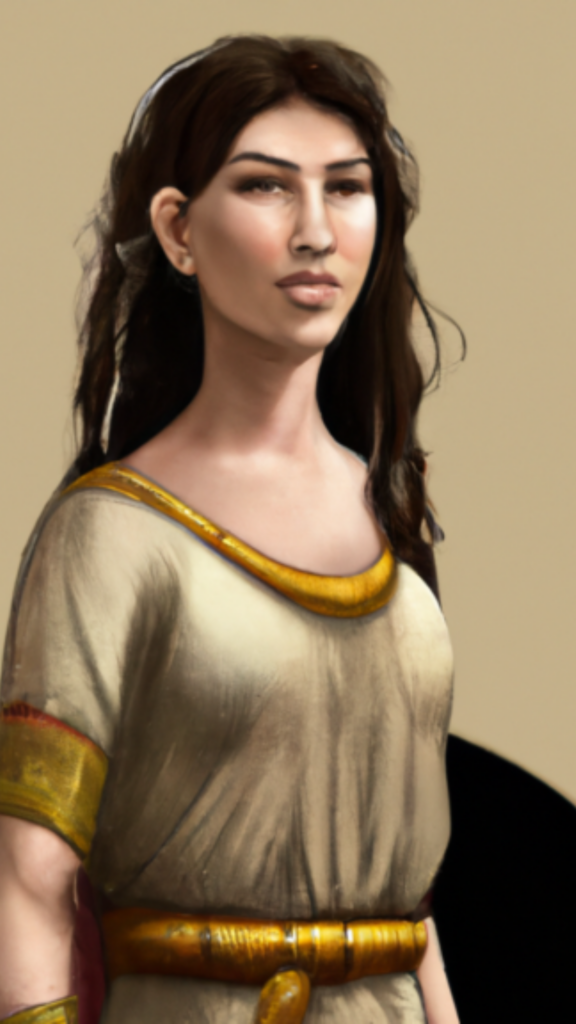
Judith was a wealthy widow in Betulia, a city in the Lower Galilee then under siege by Holofernes, an Assyrian general. Frustrated by her countrymen’s lack of faith, Judith decided to act. One night, she snuck out of the city to the Assyrian camp. Ingratiating herself with Holofernes with promises of military information, she gained access to his tent and plied him with salty cheese and alcohol. When he was in a drunken stupor, Judith beheaded him with his own sword. Emboldened by her example, the Israelites regained their strength, ended the siege and restored their freedom. Judith was regarded as a hero.
I am interested not in Judith’s violence but in her decisiveness and bravery. Sensing the despair around her and the hopelessness of her neighbors, she knew she had to do something. Once she made that decision, she moved with alacrity, using her intuition and the tools she had — her beauty, charm and wisdom — to deliver a crushing blow to her enemies and inspire her people towards ultimate victory. She made a calculated and rational decision to act in the face of an overwhelming threat.
A different story appears in the second book of Maccabees, another apocryphal Jewish text that wasn’t included in the Hebrew Bible. This is the story of a woman — named Hannah, in some versions — and her seven sons. During King Antiochus’s brutal campaign to stamp out Jewish practice and observance in the Land of Israel, the family was arrested. In a fit of astounding brutality, Antiochus ordered each son to eat pork, violating Jewish dietary restrictions and thereby committing apostasy. Each was given the choice to eat pork or suffer a brutal death. And each one, in front of their mother, opted for death. The mother, we are told, stood silent until she was the only one left. Finally, Antiochus kills her as well.
This is a horrific story — not one to be reclaimed lightly and certainly not one to be shared with children. Hannah’s story, like that of the rabbis tortured and killed for studying Torah under the Roman occupation, is a classic example of Jewish martyrdom. We understandably recoil from such stories. Instead, we choose to remind ourselves that, in rabbinic tradition, the value of pikuakh nefesh (“saving every soul”) outweighs even the most strongly observed Jewish practice. Living in a post–halakhic universe, most contemporary can’t imagine sacrificing themselves for religious piety.
And yet, we are living in a time in which our most strongly held values — human dignity, democracy, the rule of law, the necessity of balancing justice and mercy — are being challenged. We might have a hard time relating to ancient martyrs. But what about Andrew Goodman, Michael Schwerner and James Chaney? The two Jewish men from New York City and an African American activist from Mississippi risked their lives for a higher cause. They attempted to register black voters in Philadelphia, Miss., the heart of the Jim Crow South. They were abducted and murdered by white supremacists in June of 1964. The national revulsion from that brutality helped propel the passage of the landmark 1964 Civil Rights Act. A year after their bodies were recovered, Andrew Goodman’s mother, Carolyn Goodman, was quoted in The New York Times, saying, “I still feel that I would let Andy go to Mississippi again. Even after this terrible thing happened to Andy, I couldn’t make a turnabout of everything I believe in.”
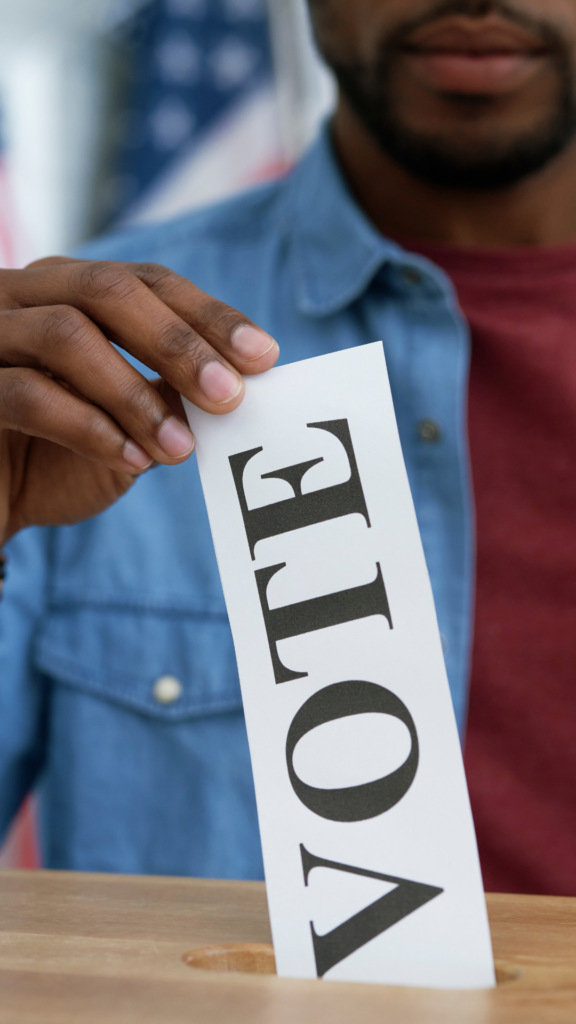
Hannah and her sons believed in something so strongly that they sacrificed themselves. We may not share their conviction about Jewish observance or piety. But don’t we also have truths that we would stand for, maybe even risking everything? Reading Hannah’s story allows each of us to ask: What would I risk for truth, for justice?
Thinking about the stories of these brave women— whose choices might not be ours but whose courage and fortitude are worthy of emulation — might give Hanukkah new meaning in these times. In our day, their examples can help us reflect on our deepest commitments and most strongly held values. And we can rededicate ourselves to those commitments.

